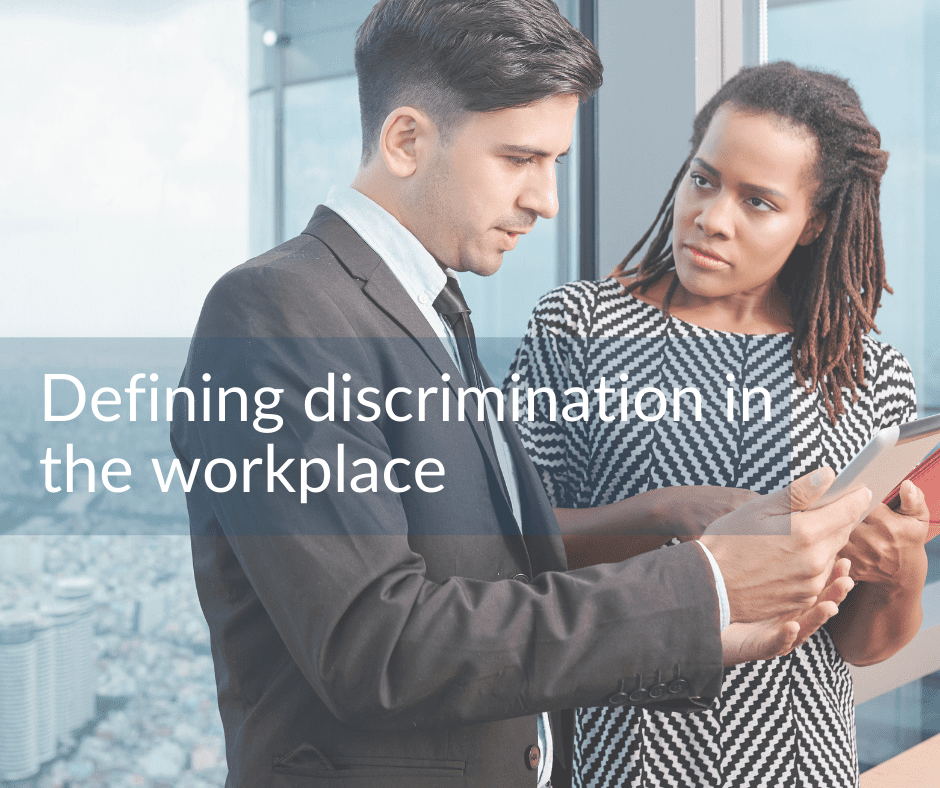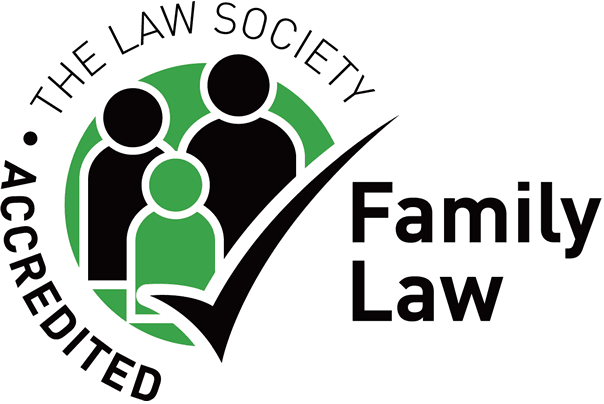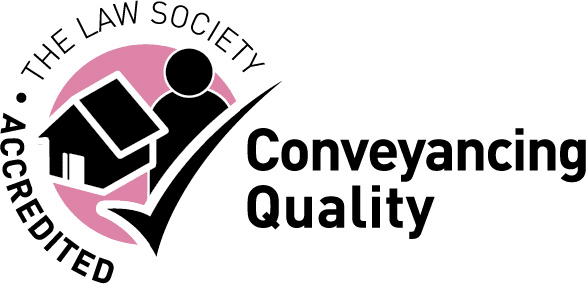
Defining Discrimination at work, and how it may affect termination
All employers should be fully aware of the law regarding discrimination at work and take steps to ensure that every employee is comfortable enough to complete their duties without ever feeling victimised, bullied or harassed.
At the same time, should they have to terminate employment, they need to ensure that they do not make any discriminatory mistakes in doing so. As an employer, what do you need to know about discrimination, the law and potential repercussions?
What is the definition of discrimination at work?
The Oxford dictionary describes discrimination as “the unjust prejudicial treatment of different categories of people, especially on the grounds of race, age, sex or disability.” It is illegal to discriminate within the workplace, and the Employment Rights Act of 1986 provides workers throughout the country with specific rights while working for a business.
What types of discrimination at work are there?
The Equality Act of 2010 identifies that discrimination can come in many different forms; these including:
Direct discrimination. This is where somebody is directly treated unfairly or less favourably due to a protected characteristic. These characteristics are defined as age, disability, gender reassignment, marriage and civil partnership, pregnancy and maternity, race, religion or belief, sex and sexual orientation.
Indirect discrimination. This is where a provision, criterion or practice is adopted by the business that discriminates against a group of people with a protected characteristic. For example, an employer may fire somebody because they could not attend a hearing on a certain day. However, that day was a religious holiday for the individual, and as such, they were unable to attend.
Associated discrimination. This is where the person is discriminated against because someone they are associated with has a protected characteristic. For example, they may determine that an employee would not be available for a promotion because they assumed that they had to care for somebody with a disability.
Discrimination by perception. In this case, the person may be discriminated against due to an incorrect assumption or belief. For example, the employer may assume that an employee had a disability that would prevent them from performing their duties when, in reality, they did not.
Discrimination through redundancy and termination
Under the Equality Act, all employers must ensure that redundancy selections are always fair and never determined by relationships, age or other potentially discriminatory reasons. When making someone redundant, employers must also be very careful to ensure that, it is done with due cause and that there can be no claim for discrimination made by the individual in question.
Potential compentation in discrimination cases
If an employee brings a case against an ex-employer for unfair dismissal due to discrimination, the case could go to an employment tribunal. In 2019/20, the maximum award in an age discrimination claim was more than £240,000, so for everyone involved, the stakes are high.
Education staff and managers about discrimination at work
Employers must ensure that all managers and supervisors understand the rules related to workplace discrimination and that they take particular care when terminating staff contracts.
Employment law changes regularly and it’s essential that employers and managers are up-to-date. Our employment law team is available to provide advice, and for our retained HR clients, will update staff handbooks, policies and procedures in line with any changes. The team can be contacted via law@robsols.co.uk and you can visit our Discrimination and Equal Pay page







